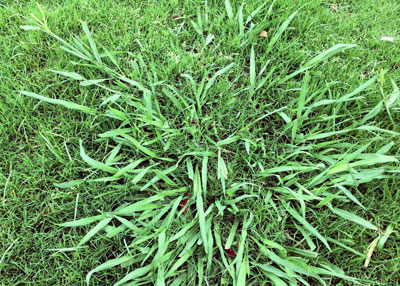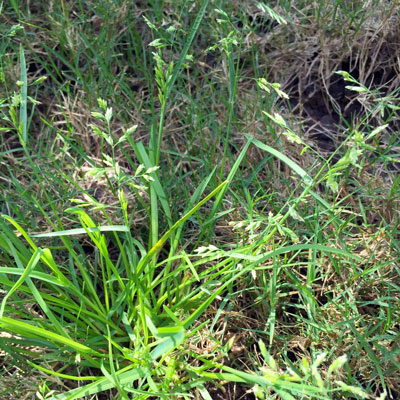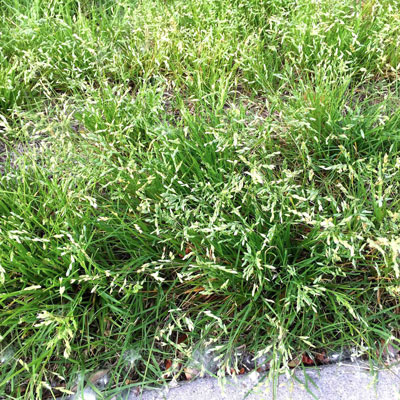Question of the Week – Number 2: January 20, 2022

“Can I use Roundup on my dormant lawn to kill weeds right now?”
When MSMA was taken off the market 12 or 14 years ago I had a suspicion that this would become a common question. And, it has.
I’m asked this question several times a week, and I get really nervous every time that I answer it. I’ll explain the two reasons.
First, Roundup has proven to be such a recognized brand name that the manufacturer has chosen to introduce other products under the “Roundup” umbrella. Even though I’m thinking about the original glyphosate active ingredient, I never know which product the people will be buying.
Second, I’m hoping the person asking truly does recognize what a dormant lawn really does look like. The glyphosate herbicides are effective in killing plants where any green tissue is exposed to the spray. If the lawngrass blades are brown from the cold, they won’t be impacted. But if the runners are still green, entire patches could be damaged or killed if the spray hits them. You have to check both blades and runners to determine if the grass is totally dormant.

What weeds are you trying to kill, anyway? If it’s big, ugly broadleafed weeds, there are much more effective products to kill them. You need to be applying a broadleafed herbicide containing 2,4-D. In fact, just mowing them down will often eliminate them. Hoeing them out is often easier than spraying and a whole lot quicker.
If you’re talking about grassy winter weeds like annual bluegrass and rescuegrass, forget using a glyphosate on those. As your lawn greens up in a few weeks you won’t even notice them. Mark your calendar to apply pre-emergent granules the last week of August or first week of September to prevent them. That would be Dimension, Halts or Balan. Application of a pre-emergent is your only good remedy.

The only weed I’d ever see myself spraying with glyphosate at this time is…
Dallisgrass… This is a perennial weed for which we no longer have a good control. Pre-emergents don’t help because dallisgrass comes back from its roots. And we have no post-emergent product that won’t also kill our permanent lawngrass. All you can do is spot-treat or dig it out by hand.
But if you can catch dallisgrass greening up just a week or 10 days before your permanent lawngrass does (see photo at top), that would be your window to treat it with a glyphosate-only spray. Use a pump sprayer and apply it only to the dallisgrass blades. Hopefully there will be enough green growth on the weed to kill out its clumps. You’ll probably have follow-up treatments to make during the growing season.
Finally, two things to remember: With the patent having run out, there are now other brands of herbicides containing glyphosate as their only active ingredient, so Roundup is not your only choice. And, remember that this is not on the official label of the product. You assume all risk. It’s always wise to experiment on a small area first to see if you like the results. You may not have time to treat the rest of the dallisgrass this winter because your lawn grass may green up before you’re sure that no harm was done, but you can learn your comfort level in trying this way of getting rid of one of our most tenacious weeds so that you’ll be ready when the next opportunity presents itself.


